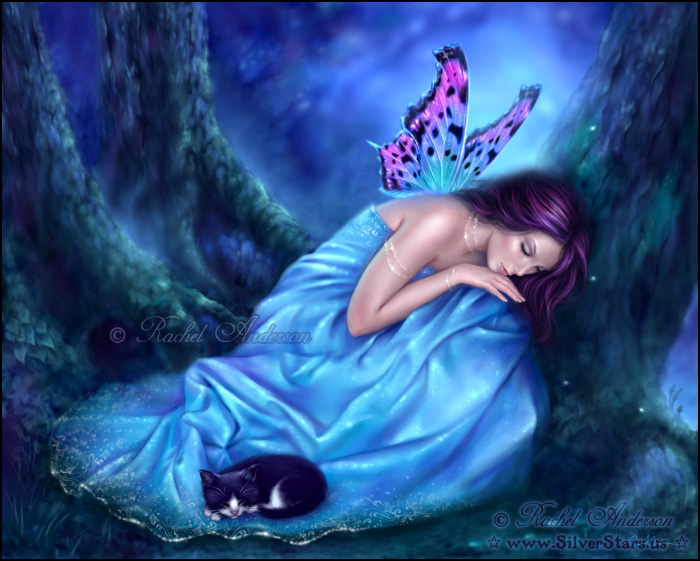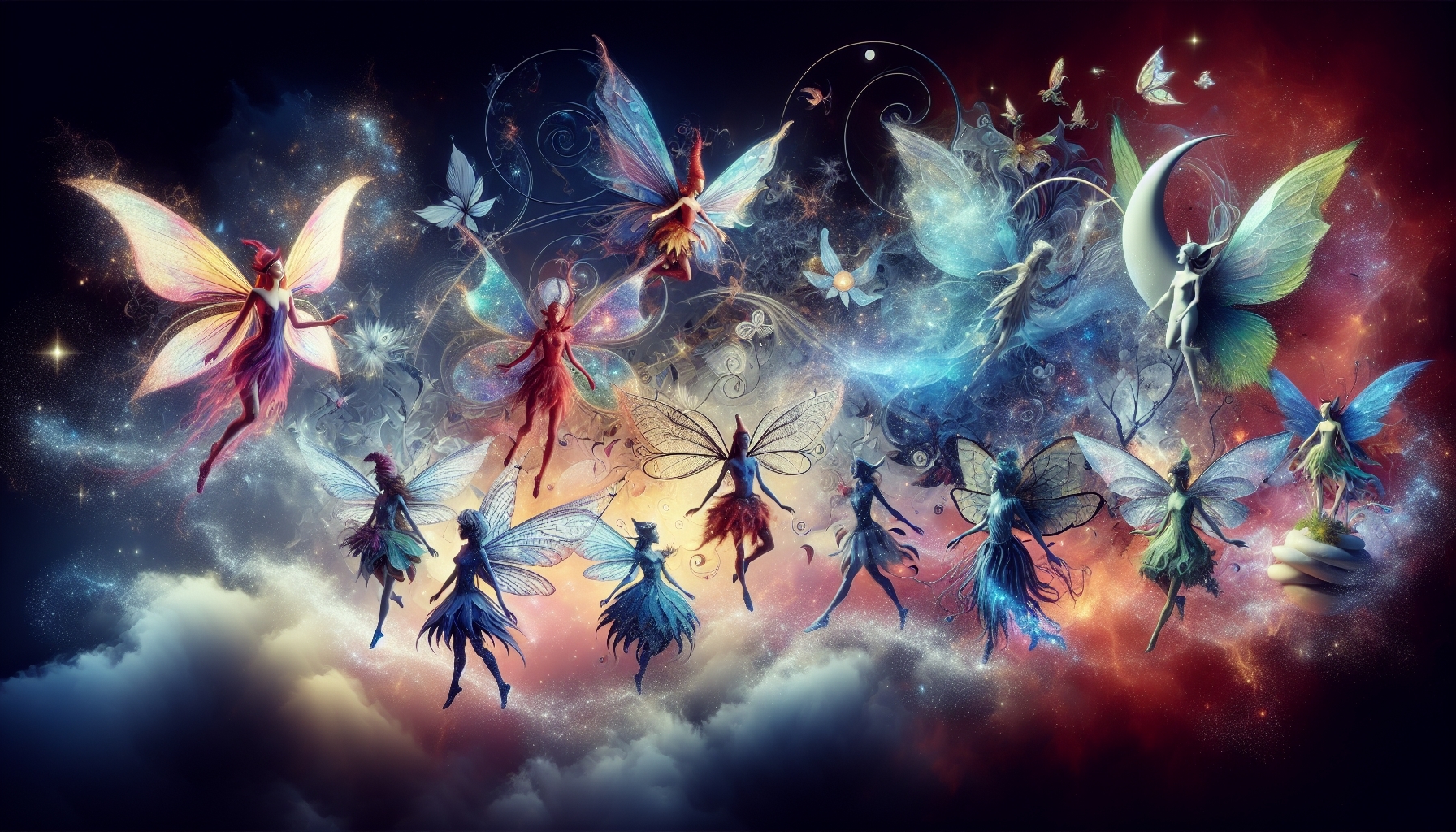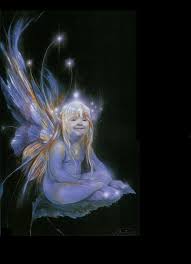What Are The FAE
Legends Of Faery

"Fae" is a term that is derived from "faerie," which originates from the Old French word "faerie" in the 1300s. In turn, "faerie" comes from the Latin word "fata," which refers to the Fates, supernatural women in Roman mythology who weave the tapestry of human destiny.
In its earliest use, the term "faerie" referred not to the magical beings themselves, but to a mythical, enchanted land where these beings resided. Over time, however, the term evolved, and by the 1500s, "faerie" was also being used to refer to the inhabitants of this magical realm.
In folklore, these "fae" beings are often depicted as powerful spirits who could either help or hinder humans, depending on their mood. They were associated with nature and often held sway over the elements and natural forces.
These beings were widely respected, and sometimes feared, in many cultures. In Irish, Scottish, and even Icelandic folklore, there are countless tales of fae who could bring good fortune to those who pleased them and cause mischief or harm to those who didn't.
The appearance and character of fae could vary greatly. Some were depicted as beautiful and alluring while others as monstrous or grotesque. Some were friendly and helpful, while others were mischievous tricksters or malevolent forces to be reckoned with.
Over time, the depiction of fae in folklore and literature has become more romanticized. This change is especially noticeable during the Victorian era, where the fae were often depicted as tiny, winged creatures — a far cry from their more formidable depictions in ancient folklore.
It's fascinating to note that despite the changing depiction of fae across centuries, the core attributes — their close association with nature, their ability to wield magic, and their capricious personalities — have remained a constant.
Fun Facts About Fae
Fun facts: It is believed that wild thyme is an absolute favorite of the fae. If we humans pick the flowers of thyme, especially those that grow on fairy mounds, and lay them upon our eyes, we will be able to sight the fae!
The Fae Realm
Beltane Ritual or Beltain Ritual is the Gaelic May Day festival, commonly held about halfway between the spring equinox and the summer solstice (May 1st). Traditionally, it is a time when the veil between our world and that of the Fae is thin, a time when fairies are more easily attracted & fairy magic is apparent!
Do You Believe In Fae?
I'm glad you asked for more information. The word "fae" might sound pretty simple, but it actually covers an amazing variety of magical beings.
These beings are often associated with nature and have magical powers. Their characteristics can change quite a bit depending on the story and where the story comes from. Let's explore some of the creatures that fall under the term "fae":
- Fairy: When you hear the word "fairy," you might imagine a tiny, sparkling creature with wings, like Tinkerbell from Peter Pan. That's one kind of fairy. Depending on the story, fairies can come in many different shapes and sizes. Sometimes they're friendly and helpful, like the Fairy Godmother in Cinderella.
Other times, they're mischievous or even a little naughty, playing tricks on people or getting them lost. In some stories, fairies are powerful and even a bit scary! - Sprite: Sprites are another type of fae. They're often thought of as the spirits of the natural world. Some sprites might be connected to water, living in rivers or lakes. Others might live in forests or meadows.
They're often depicted as small and quick, darting about almost too fast for the eye to see. And like fairies, they can be friendly, mischievous, or even a bit tricky! - Pixie: Pixies come from old stories told in Britain, especially in places like Devon and Cornwall. They're often portrayed as being even smaller than fairies, with pointed ears and a mischievous sense of humor. They love to have fun, and sometimes their idea of fun involves playing pranks on unsuspecting humans.
- Elf: Elves are a type of fae that you might recognize from lots of different stories. Sometimes, when people say "elf," they're thinking of small, playful creatures who love to cause mischief.
Other times, they might be thinking of the wise, powerful, tall elves from J.R.R. Tolkien's Middle-earth stories, like Legolas from The Lord of the Rings.
The elves from these stories are deeply connected to nature, have a great love of beauty, and are often very skilled with magic and crafts.
So you see, the world of the fae is big and varied. Each kind of fae has its own special characteristics and behaviors, and these can change depending on the story.
It's always exciting to learn about different kinds of fae, and to see how they're portrayed in different cultures and stories. It's a bit like being a detective, piecing together clues to get a fuller picture of these fascinating creatures!
Whether you believe, or not, that fairies exist is an ongoing debate—after all, there are those who claim to have seen them firsthand!
Given the fact that fairies are, by nature, “shy” and tend to avoid contact with humans if possible, it may be just a matter of time (and luck) before our non-believers become believers!




